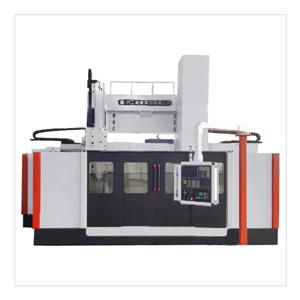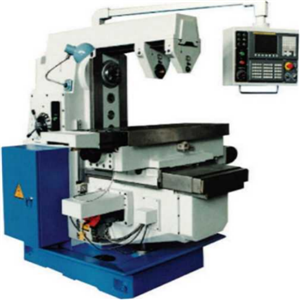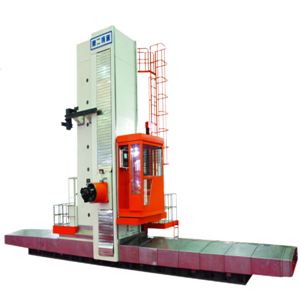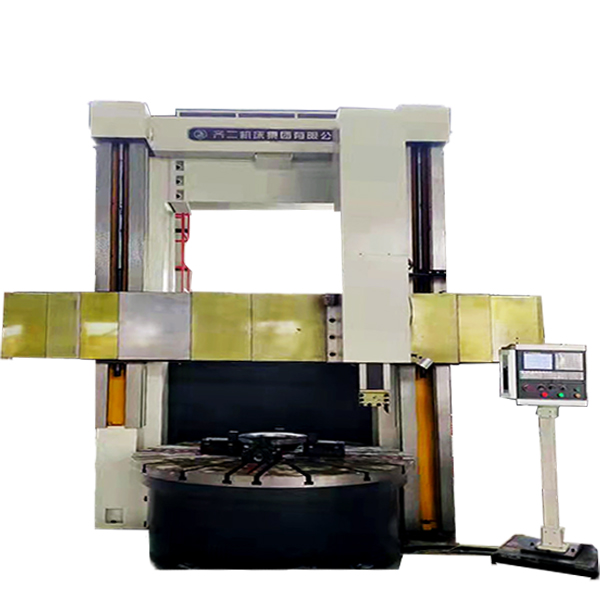What are the characteristics and uses of vertical lathes
In the production line of the manufacturing industry, CNC lathes can be used to produce countless parts, such as transmission shafts on automobiles, engine gears, and so on. The more common CNC lathes are horizontal, while vertical lathes are specialized processing equipment. Vertical lathes are similar in processing functions to horizontal lathes, except that the spindle is vertically oriented rather than horizontally oriented. This vertical spindle design provides many advantages in parts production.
Some parts with large diameter, short length, and heavy weight that are processed using other machine tools may have the problem of workpiece sagging, resulting in accidents during the turning process of the machine tool. The vertical lathe has a strong base to ensure that this does not happen and to keep the parts square.
Characteristics of vertical lathes:
One of the main features of a vertical lathe is that it can use gravity to fix and fix the workpiece in place, thereby enhancing the safety and process stability of workpiece clamping. In a vertical lathe, the weight of the workpiece directly enters the machine base and does not create an off axis load on the spindle. The use of gravity on vertical lathes also allows for lighter clamping pressure, greatly reducing the risk of damage when machining precision parts.
Another advantage of a vertical lathe is its small footprint. The floor space of a machine tool is very important for a workshop. By turning parts on a vertical axis, a vertical lathe requires less floor space than a horizontal lathe. Generally, two vertical lathes can be placed on the floor of a horizontal lathe.
For heavy duty cutting, vertical lathes are often equipped with extremely powerful high torque spindle motors that rotate at lower speeds than horizontal lathes. Automation equipment such as industrial collaborative robots can also be added to the production line to improve the production efficiency of the factory.
Use of vertical lathes:
In the past decade, with the increase in energy and transportation demand, the demand for large machining concentric components has become more stringent. Places such as gas turbines, wind turbines, and aircraft engines all require large components to rotate and operate. As one of the common equipment for machining large parts, vertical lathes are mainly suitable for machining cylindrical surfaces, end faces, grooves, and conical surfaces of large parts.
Vertical lathes can process large workpieces with diameters ranging from one meter to over fifteen meters. It is very suitable for high-precision machining of large size and complex geometric components: brake discs, shell aircraft parts, heavy equipment parts, energy sector parts, and so on. Vertical lathes can be installed in simple two axis to five axis multi task configurations, and the workbench size varies depending on the machine model, facilitating the processing of workpieces of various sizes.
Vertical lathes can also easily handle most standard metals and produce parts for various purposes, including soft metals such as aluminum, brass, copper, and hard metals such as different grades of steel, titanium, and specific alloys.





